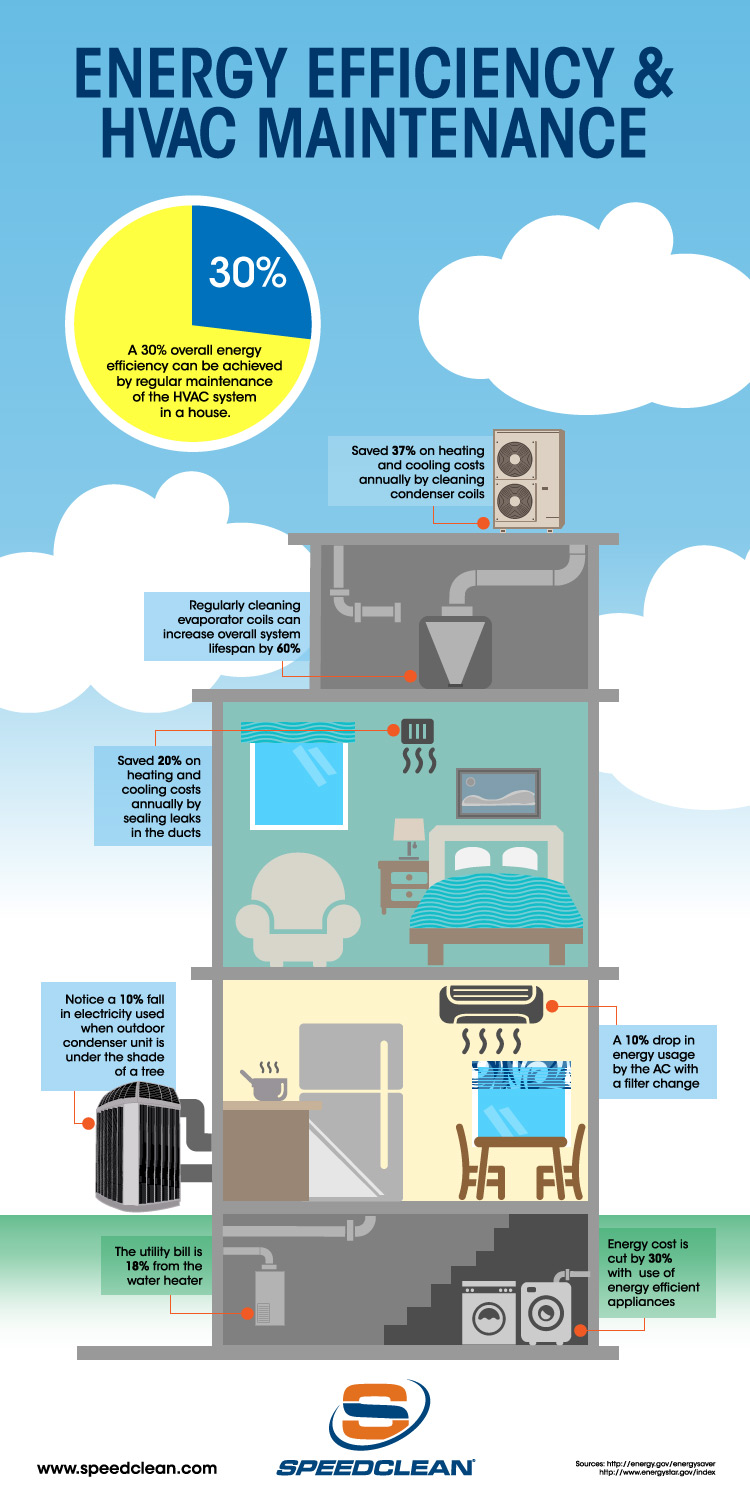The Ultimate Guide To Recognizing Warm Pumps - Exactly How Do They Work?
The Ultimate Guide To Recognizing Warm Pumps - Exactly How Do They Work?
Blog Article
Post By-Hoppe Hemmingsen
The very best heat pumps can conserve you substantial amounts of money on power bills. They can likewise help in reducing greenhouse gas emissions, particularly if you make use of electrical power instead of nonrenewable fuel sources like lp and home heating oil or electric-resistance furnaces.
Heatpump work significantly the same as a/c unit do. This makes them a sensible choice to typical electrical home heating unit.
Exactly how They Function
Heat pumps cool down homes in the summer and, with a little help from electrical energy or gas, they supply some of your home's heating in the winter months. They're a great choice for people that want to minimize their use of fossil fuels yet aren't ready to replace their existing furnace and a/c system.
They count on the physical reality that also in air that seems also cold, there's still power existing: cozy air is constantly relocating, and it wants to relocate into cooler, lower-pressure settings like your home.
Most ENERGY STAR licensed heatpump run at near to their heating or cooling capability throughout the majority of the year, decreasing on/off cycling and conserving power. For the best performance, concentrate on systems with a high SEER and HSPF rating.
The Compressor
The heart of the heat pump is the compressor, which is likewise called an air compressor. This mechanical flowing gadget makes use of potential power from power development to boost the pressure of a gas by lowering its volume. It is different from a pump because it only works with gases and can not deal with liquids, as pumps do.
best heat pumps in new zealand goes into the compressor via an inlet valve. It circumnavigates vane-mounted arms with self-adjusting size that split the interior of the compressor, producing numerous tooth cavities of differing dimension. heat pump christchurch to move in and out of stage with each other, compressing the air.
The compressor pulls in the low-temperature, high-pressure cooling agent vapor from the evaporator and compresses it right into the warm, pressurized state of a gas. This process is repeated as required to provide heating or air conditioning as called for. The compressor also has a desuperheater coil that recycles the waste heat and includes superheat to the refrigerant, altering it from its liquid to vapor state.
The Evaporator
The evaporator in heatpump does the same point as it performs in refrigerators and a/c, changing fluid cooling agent right into a gaseous vapor that gets rid of heat from the space. Heat pump systems would certainly not work without this essential piece of equipment.
This part of the system lies inside your home or building in an interior air handler, which can be either a ducted or ductless unit. It consists of an evaporator coil and the compressor that presses the low-pressure vapor from the evaporator to high pressure gas.
Heatpump take in ambient heat from the air, and after that make use of electrical energy to transfer that heat to a home or service in heating setting. That makes them a lot a lot more energy reliable than electrical heating units or heating systems, and since they're utilizing clean electrical energy from the grid (and not shedding gas), they also generate far fewer exhausts. That's why heatpump are such great ecological selections. (As well as a substantial reason that they're coming to be so preferred.).
The Thermostat.
Heatpump are great options for homes in cool climates, and you can use them in combination with conventional duct-based systems or perhaps go ductless. They're a terrific alternative to fossil fuel furnace or traditional electrical furnaces, and they're extra lasting than oil, gas or nuclear a/c devices.
Your thermostat is one of the most important component of your heatpump system, and it functions extremely in different ways than a traditional thermostat. All mechanical thermostats (all non-electronic ones) work by using substances that change dimension with increasing temperature, like coiled bimetallic strips or the expanding wax in a vehicle radiator valve.
These strips include 2 various sorts of steel, and they're bolted together to develop a bridge that completes an electric circuit linked to your HVAC system. As the strip gets warmer, one side of the bridge broadens faster than the other, which causes it to bend and signal that the heater is required. When the heatpump is in heating setting, the reversing shutoff turns around the flow of refrigerant, to make sure that the outdoors coil now operates as an evaporator and the interior cyndrical tube comes to be a condenser.